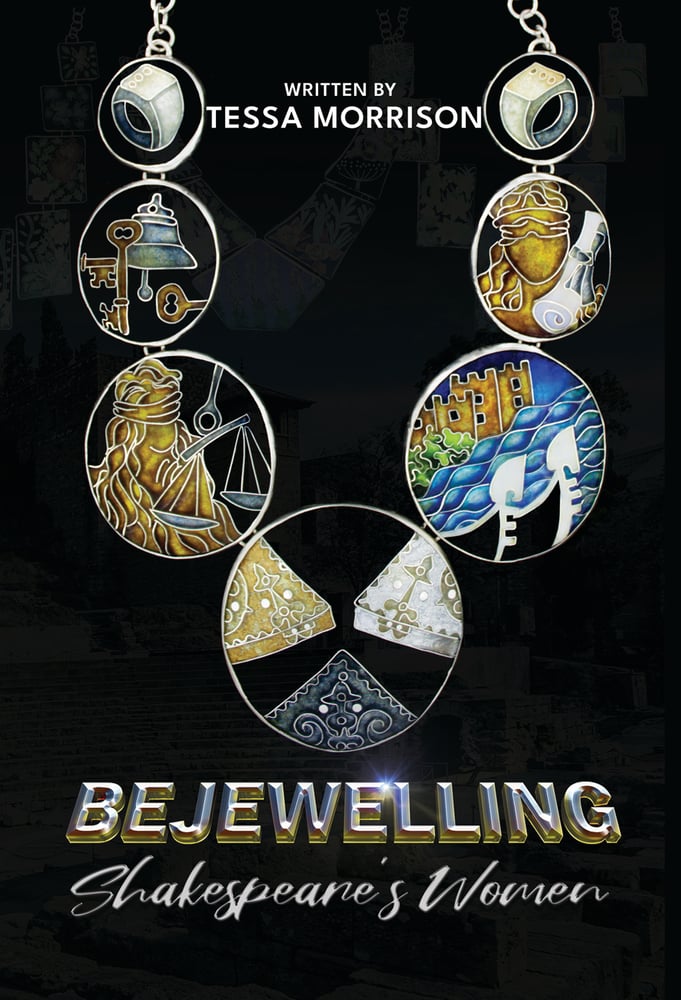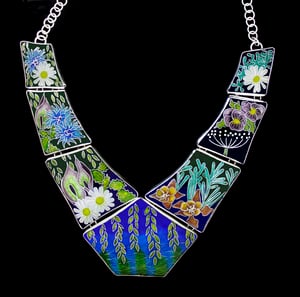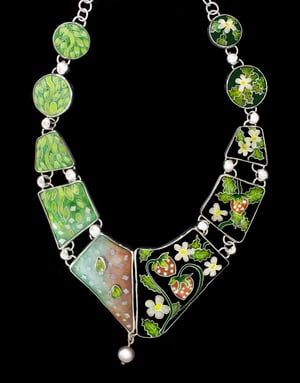Book - Bejewelling Shakespeare’s Women
$55.00

The central characters in Shakespeare’s plays are predominantly males. There are usually only 2 to 4 roles for women, who are in the minority, as opposed to the 10 to 20 roles for men. Yet so many of the women’s roles demonstrate fearlessness in defying their situation. Recent scholarship has drawn attention to the power of the women, and this book builds on this scholarship. With the exception of Cleopatra, women are not at the apex of political power, but are always looking at attaining power. Shakespeare entwines their character in textual images within his text, whether it is the sharp-tongued Beatrice, the ambitious Lady Macbeth, or the passionate Juliet. Shakespeare leaves no doubt about their character as he builds an image with words that can be interpreted visually.
Paintings of the 16th century show images of historical characters such as Cleopatra in contemporary clothing. Images of the Elizabethan and Stewart stage also show contemporary clothing but often with something that signifies their role. For instance, the only surviving contemporary illustration of a Shakespearian play in action is the Peacham drawing c1595. The drawing is crude and consists of seven figures from the play of Titus Andronicus set in classical Rome. They are wearing contemporary clothing, the men are wearing 16th century armour, and the foreign and exotic Queen is wearing an Elizabethan gown. Titus is shown as wearing a ‘toga’, a shawl draped over his 16th century armour. In the texts of Shakespeare’s period plays there are also references to contemporary garments such as doublets, night caps, and laces of girdles.
The texts of the plays are carefully analysed to identify the imagery around and about the women. Each of these images can be depicted graphically. The collection of these graphic images for each woman depicts her character and role in the play. A necklace is designed with these images that create a story. The necklaces are worked in enamel which lends itself to storytelling, thus making it possible to illustrate Shakespeare’s imagery that he develops for each of his women. The graphic analysis of the imagery and its realisation brings alive the textural imagery of Shakespeare.
PLEASE NOTE – I can no longer post to the USA as Australia Post no longer post parcels to the USA due the current USA tariffs
Pieces are shipped from Australia and can take six working days internationally. Shipping costs are included in the price.




